Silicones Size
Silicones Market Growth Projections and Opportunities
The silicone market is influenced by a myriad of factors that collectively shape its dynamics. One of the primary drivers is the increasing demand from end-use industries such as construction, automotive, and electronics. Additionally, technological advancements play a crucial role in shaping the silicone market landscape. Continuous research and development efforts lead to the introduction of innovative silicone products with enhanced performance characteristics. This fosters competitiveness among market players, encouraging them to invest in cutting-edge technologies to stay ahead. Silicones Market Size was valued at USD 10.3 billion in 2022. The silicone industry is projected to grow from USD 10.7 Billion in 2023 to USD 15.1 billion by 2032, exhibiting a compound annual growth rate (CAGR) of 4.40%. Global economic conditions also significantly impact the silicone market. Economic stability and growth positively correlate with increased construction activities, automotive production, and consumer electronics demand – all of which drive the consumption of silicones. Effective environmental regulations have led to an increase in bio-based polymers use in different industries like construction. The world is slowly becoming eco-sensitive, where silicone products are becoming more environmentally friendly. Geopolitical issues also play a major role in how raw materials for silicone are available; however, they affect price availability, too. Silicone prices fluctuate due to global politics, including trade wars and other regional political instabilities among major manufacturing nations, especially those producing significant volumes. Most importantly, geopolitical developments dictate whether or not material supply chain risks exist. Consumer preferences and lifestyle changes contribute to the evolving landscape of the silicone market. For instance, there has been tremendous growth in personal care where people are using cosmetic products such as skin care items with high content on silicone. In addition, healthcare has been described as one of its strengths since it has been used in making various medical devices like tubing and implants. Various issues include the acquisition of major players in the industry. Thus, we can say that there is competition within their numbers and strategic alliances. The silicone market cannot be summed up without taking into account various factors such as industrial demands, technology, environment, and geopolitics.

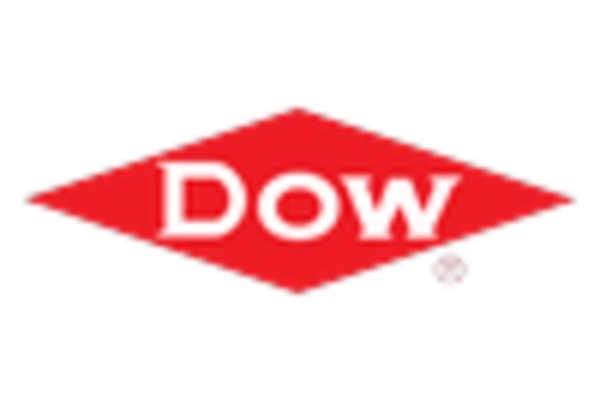
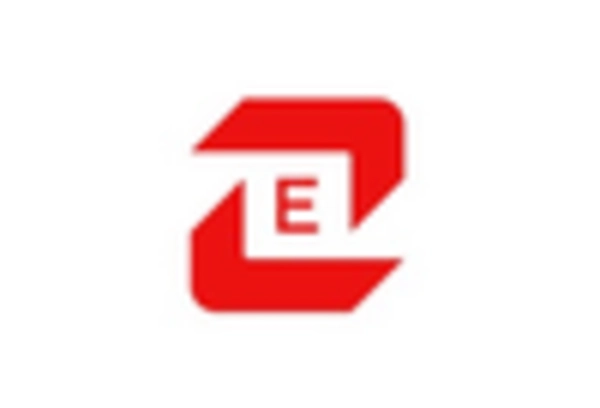

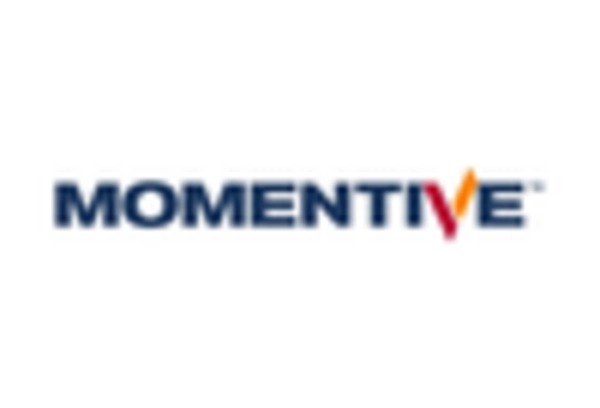
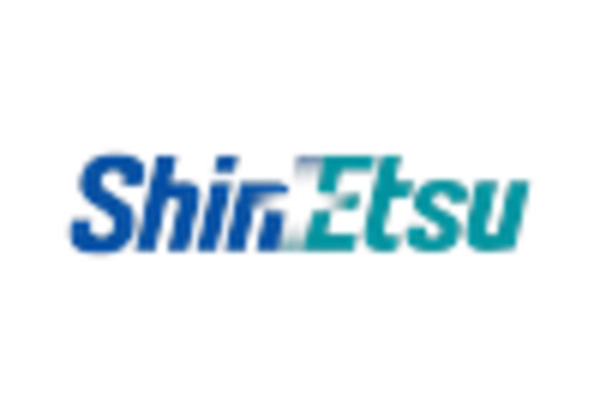
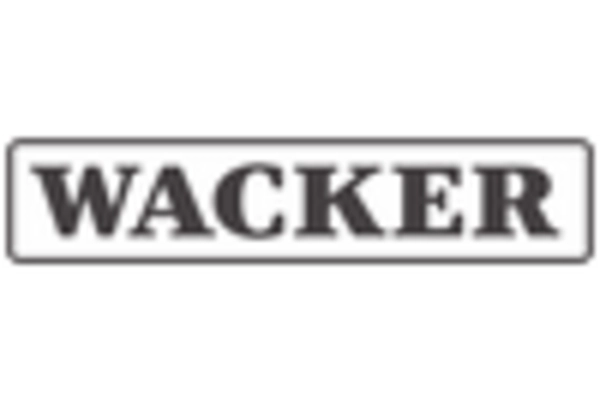









Leave a Comment